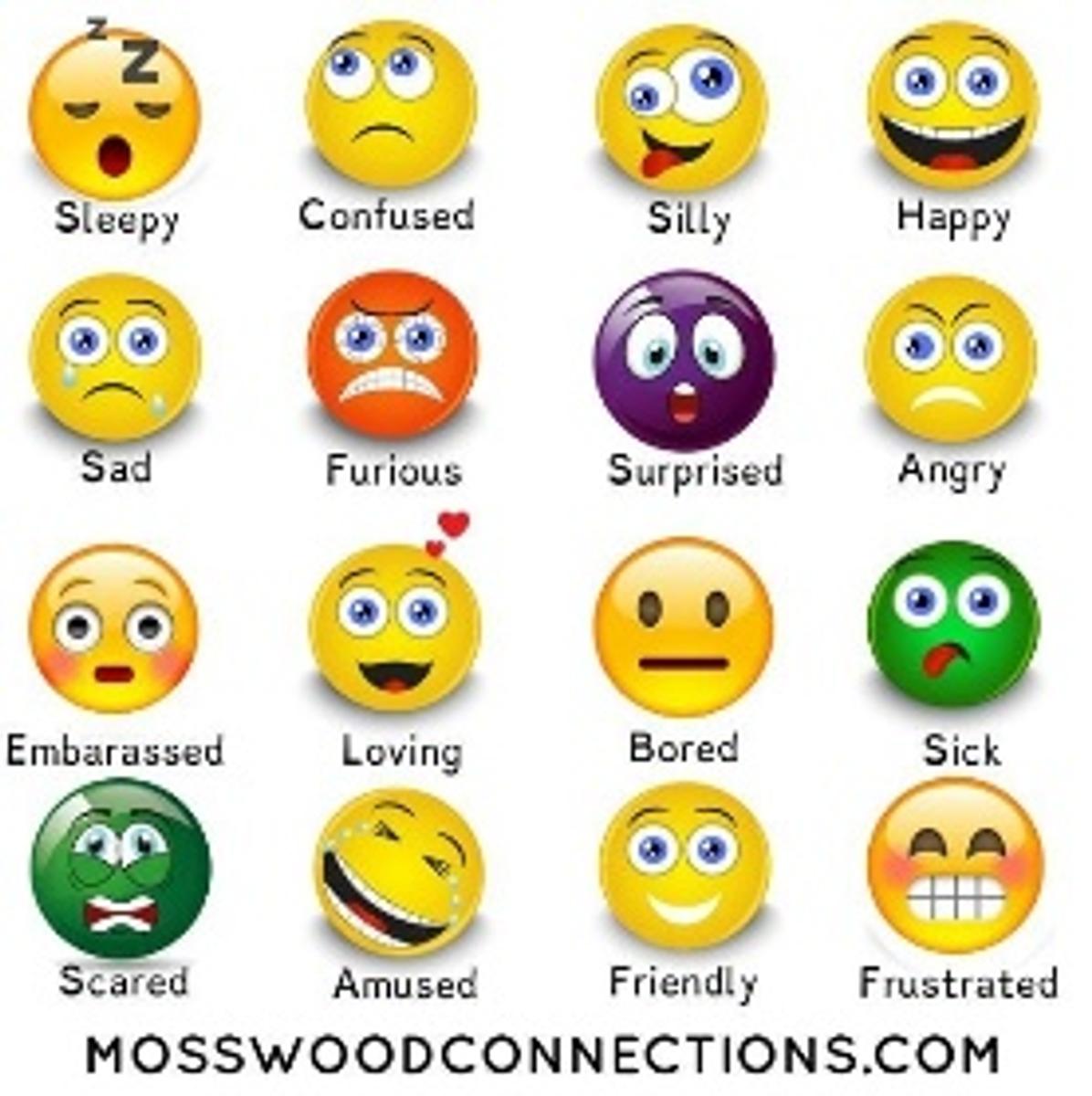Wellbeing

Emotional Literacy and Empathy
The terms emotional intelligence and emotional literacy both refer to the ability to recognise, understand, handle and appropriately express emotions.
‘Emotional intelligence’ is a person's overall ability to deal with their emotions, while ‘emotional literacy’ suggests a person's ability to communicate their emotions through words and read them in others.
There are five main aspects of emotional intelligence which, when developed, lead to children becoming emotionally literate. These are identified by Daniel Goleman in his book, 'Emotional Intelligence'.
- Knowing emotions. A child recognises a feeling as it happens.
- Managing emotions. A child has ways of reassuring themselves when they feel anxious or upset.
- Self-Motivation. A child is in charge of their emotions, rather than controlled by them.
- Empathy. A child is aware of what another person is feeling.
- Handling relationships. A child is able to build relationships with others.
Studies show that children who have a strong foundation in emotional literacy tolerate frustration better, get into fewer fights, and engage in less self-destructive behaviour than children who do not have a strong foundation.
As part of their Resilience Project Curriculum the children at Beaumaris Primary School participate in explicitly taught lessons on Emotional Literacy and this is something that parents can also reinforce at home. In her book called ‘Unselfie” Michelle Borba has identified four steps in helping children to tune into their feelings:
- Stop and tune in. Connect with your child on an emotional level. Move past the distractions and actually, intentionally and fully connect with your child each and every day.
- Look face-to-face. The first step to good communication is eye contact. Get down on your child’s level and show them you are interested and invested by using good eye contact.
- Focus on feelings. Children need to learn not only are feelings important, but how to express those feelings. Give them good words to use like I-statements: I feel ______ when you _______. Give them words to describe how they feel like mad, angry, embarrassed, frustrated, shocked and ecstatic. Ask good questions: “You seem really upset, what are you feeling right now?” Help children connect their physical reactions to the underlying emotions: “I see your face is getting red, are you feeling angry?”
- Express the feelings. Before children have developed their emotional vocabulary, you will need to help them express their feelings, like “You must have been so excited when you were picked for Student of the Week.” Once children have learned the words necessary to express their emotions, you can ask them “How do you feel?” It’s also important to ask your children how they think other people feel: “How do you think he felt when she threw sand at him?”


